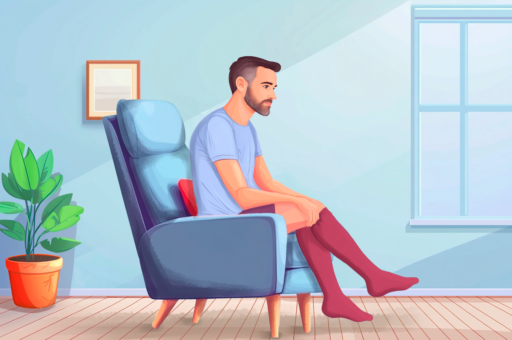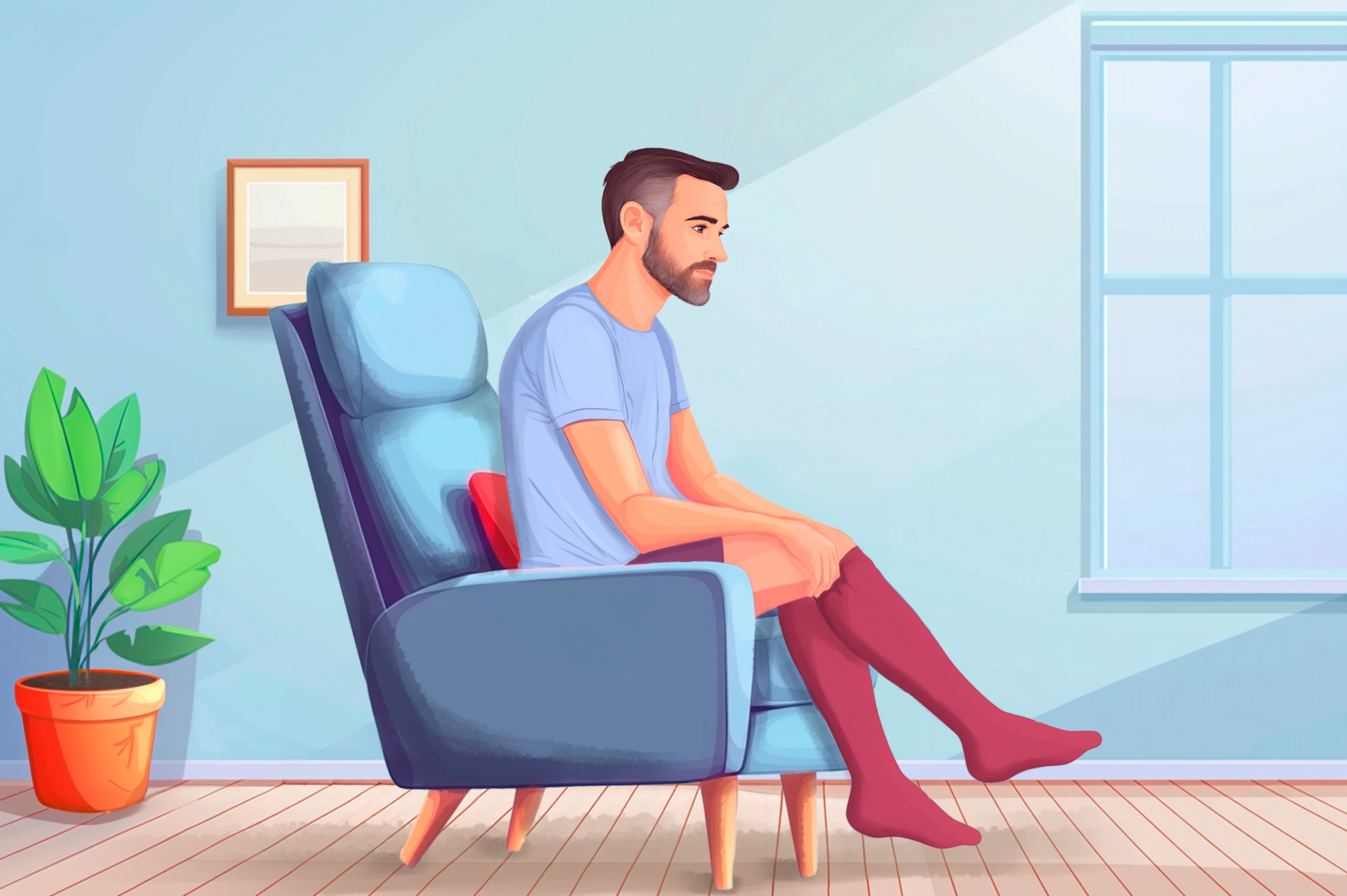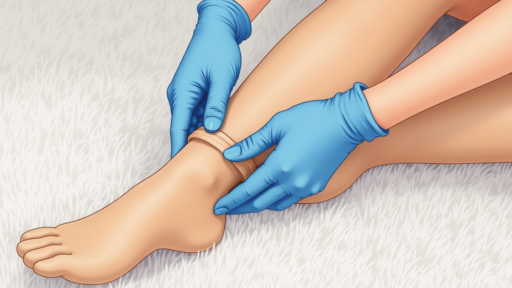The Truth About Vein Ablation Side Effects: What You Need to Know
So, you’ve had or are considering vein ablation—a procedure to treat varicose veins or other vein issues. Great! But now you might be wondering, What should I expect afterward? What are vein ablation side effects I should look out for?
The good news is that side effects from vein ablation are usually mild and temporary. But knowing what’s normal (and what’s not) can help you feel more confident in your recovery. Let’s walk through the possible side effects and what you can do about them.
What is Vein Ablation?
Vein ablation is a procedure that closes off problem veins to improve circulation and reduce symptoms like swelling or pain. There are a few types of ablation, including:
- Thermal ablation: Uses heat (like radiofrequency or laser)
- Non-thermal methods: Includes glue or foam treatments
- Sclerotherapy: Involves injecting liquid medicine into the vein
These treatments are generally safe, but like any medical procedure, some side effects may occur.
Common Vein Ablation Side Effects
- Bruising and Swelling
- What to expect: It’s totally normal to have bruising around the treatment area. Swelling can also happen, especially in the first few days.
- How to manage: Use warm compresses if it’s uncomfortable. The bruising will fade on its own.
- Redness and Skin Changes
- What to expect: Some people experience hyperpigmentation (dark spots) along the treated vein. These spots can take several months to fade.
- How to manage: If the spots bother you, ask your doctor about laser treatment to help them fade faster.
- Phlebitis (Vein Inflammation)
- What to expect: You might feel a tender lump or see redness near the treated vein. This inflammation is called thrombophlebitis and is often mistaken for an infection.
- How to manage: Compression stockings, NSAIDs (like ibuprofen), and warm compresses can ease the discomfort. It usually resolves within a few days.
- Burns or Ulcers (Rare)
- What to expect: In rare cases, thermal ablation can cause skin burns, which may develop into ulcers.
- How to manage: If this happens, your doctor will likely recommend wound care with special creams like Silvadene.
- Allergic Reactions to Glue or Sclerotherapy
- What to expect: Some people may have a sensitivity to the glue or solution used in non-thermal treatments. While severe allergic reactions are rare, mild skin bumps can occur.
- How to manage: If there’s a reaction, it’s often managed with steroids or antihistamines. These bumps typically disappear within a few hours.
Less Common Side Effects
- Nerve Irritation or Tingling
- What to expect: If the treated vein is close to a nerve, you might feel tingling or numbness. This is rare and usually temporary.
- Blood Clots (Very Rare)
- What to expect: In extremely rare cases, a clot can form near the treatment area. If you experience significant swelling or pain, contact your doctor.
- How to manage: Your doctor may recommend an ultrasound to check for clots and, in some cases, prescribe blood thinners.
- Recurrence of Varicose Veins
- What to expect: Occasionally, treated veins may reopen, or new varicose veins may appear over time.
How to Take Care of Yourself After Vein Ablation
- Wear Compression Stockings: They reduce swelling and help with healing.
- Stay Active: Light exercise like walking can improve circulation.
- Elevate Your Legs: This helps reduce swelling.
- Follow Your Doctor’s Instructions: Make sure to attend follow-up appointments to monitor your recovery.
When to Call Your Doctor
While most side effects are mild, call your doctor if you experience:
- Severe swelling or pain
- Persistent redness, warmth, or pus at the treatment site
- Any signs of infection (fever, chills)
Final Thoughts
Vein ablation is generally a safe and effective way to treat varicose veins, with minimal downtime. Most side effects—like bruising and mild swelling—are easy to manage and will go away on their own. With a little care, you’ll be back to your normal routine in no time!
If you have any concerns during your recovery, don’t hesitate to reach out to your healthcare provider. It’s always better to ask than to worry.




